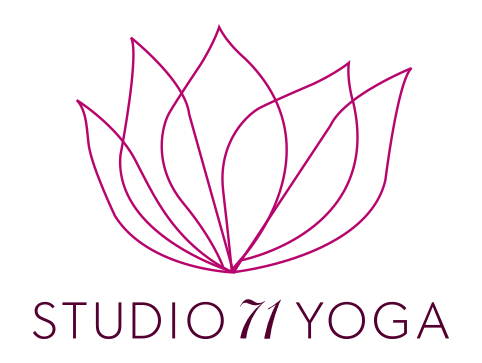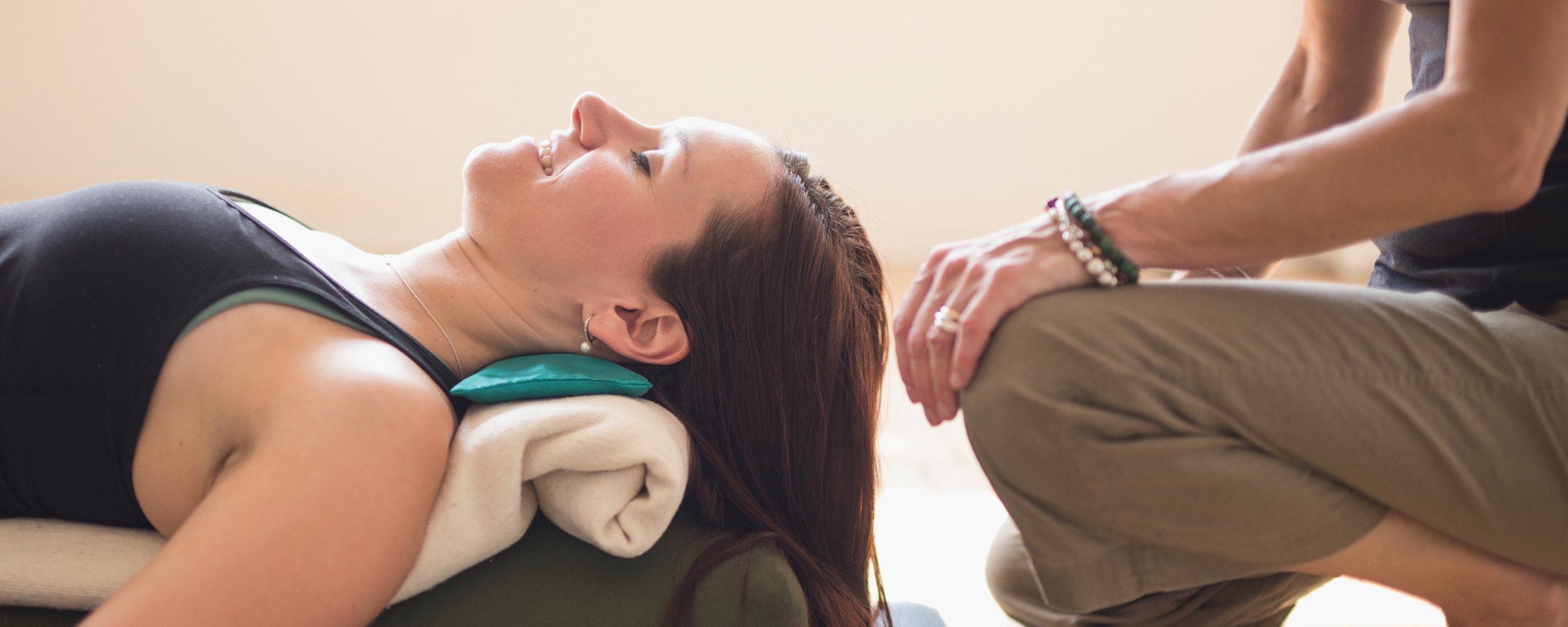Hello fellow yogis and friends.
Last week, I kicked off a short series of in-person pop-up yoga classes at my home studio, and it was a heartwarming experience to see long-time yoga friends reunite after three-and-a-half long years. Shouts of surprise, happiness, and warm embraces filled the air. I’m grateful to be able to offer this post-pandemic yoga practice to my community.
This week, it’s International Yoga Day on Wednesday, June 21st.
International Yoga Day was established by the United Nations General Assembly in 2014. The resolution was proposed by the Prime Minister of India, Narendra Modi. The UN unanimously adopted it, recognizing that yoga provides a holistic approach to health and wellbeing.
The Indian Prime Minister, Modi, chose June 21st for this annual event because it’s the longest day of the year in the northern hemisphere (summer solstice) and has significance in many parts of the world. In Canada, for instance, we celebrate National Indigenous Peoples Day on this date, recognizing and honouring the history, heritage, resilience, and diversity of First Nations, Inuit, and Métis communities.
The first International Yoga Day was celebrated on June 21st, 2015, and is observed annually across the globe.
In India, International Yoga Day is marked by large-scale events attended by thousands of people, including political leaders, celebrities, and yoga enthusiasts.
Locally, yoga organizations and studios offer various activities, such as classes, workshops, and retreats, to celebrate and promote the benefits of yoga.
Although I’m not offering any classes or workshops on International Yoga Day, I invite you to join me the following day—Thursday, June 22nd (and/or June 29) from 9:30-10:30 a.m.—for an energizing practice that ends with a profoundly relaxing savasana.
Each class costs $20, and a few spots are still available. This is an opportunity not to be missed. Click the button below to register.
And now, looking ahead, I’m excited to announce that I’m considering adding in-person classes to Studio 71 Yoga offerings on Monday evenings from 7-8 p.m. starting in Fall 2023 (more details to follow).
If you’re interested, join the waitlist today, as space is limited, and spots will be reserved on a first-come, first-served basis.
I wish you joy and gratitude as you celebrate International Yoga Day and National Indigenous Peoples Day.
Jeannine







